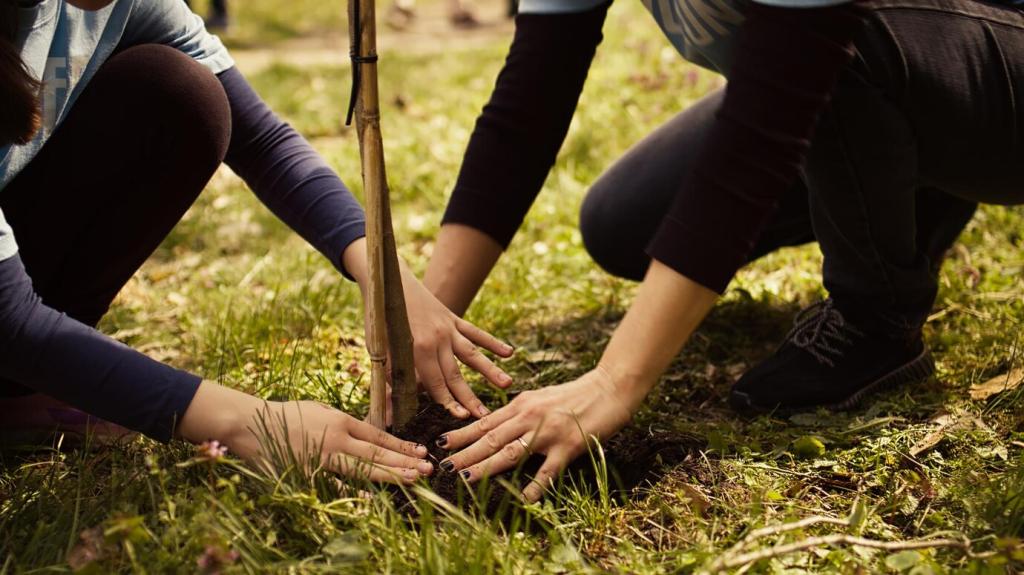
Urban Microforests as a Tool for Ecosystem Recovery
Chosen theme: Urban Microforests as a Tool for Ecosystem Recovery. Welcome to a pocket of green inspiration where tiny forests spark big-city healing. Discover how dense plantings of native species can cool streets, revive soils, and bring back pollinators—one basketball-court-sized patch at a time. Join the conversation, share your neighborhood’s potential microforest spots, and subscribe for field-tested ideas you can use this season.

Why Microforests Matter in Cities
A microforest can thrive on a sliver of land—sometimes no larger than a tennis court—yet produce outsized benefits: shade, habitat, and resilient food webs that rebound faster than traditional landscaping. Share a photo of your smallest promising site and we’ll help map opportunities together.
The Miyawaki Method, Demystified
Before planting, soils are loosened, amended with organic matter, and sometimes inoculated to jumpstart microbial life. This preparation accelerates early growth and resilience. Share your soil test results, and we’ll suggest targeted amendments that stay local and low-cost.
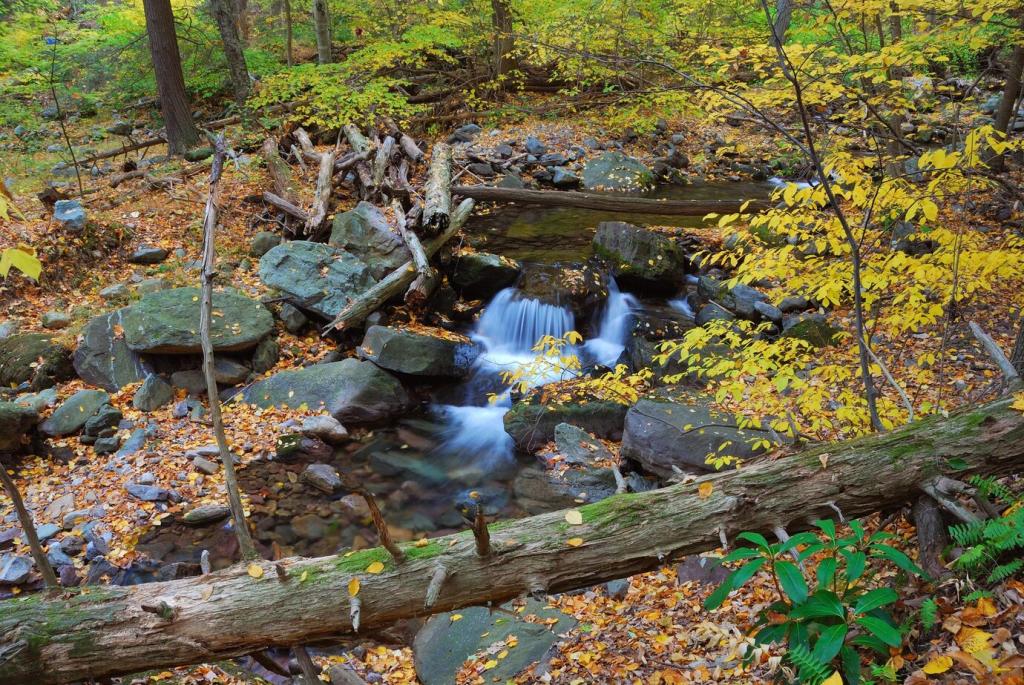
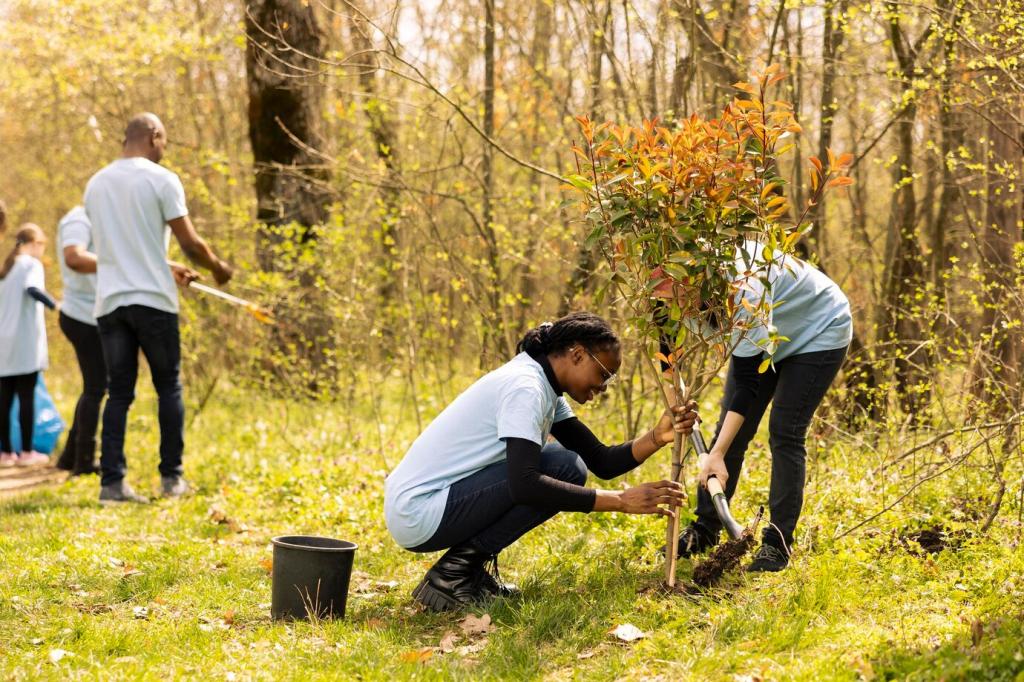
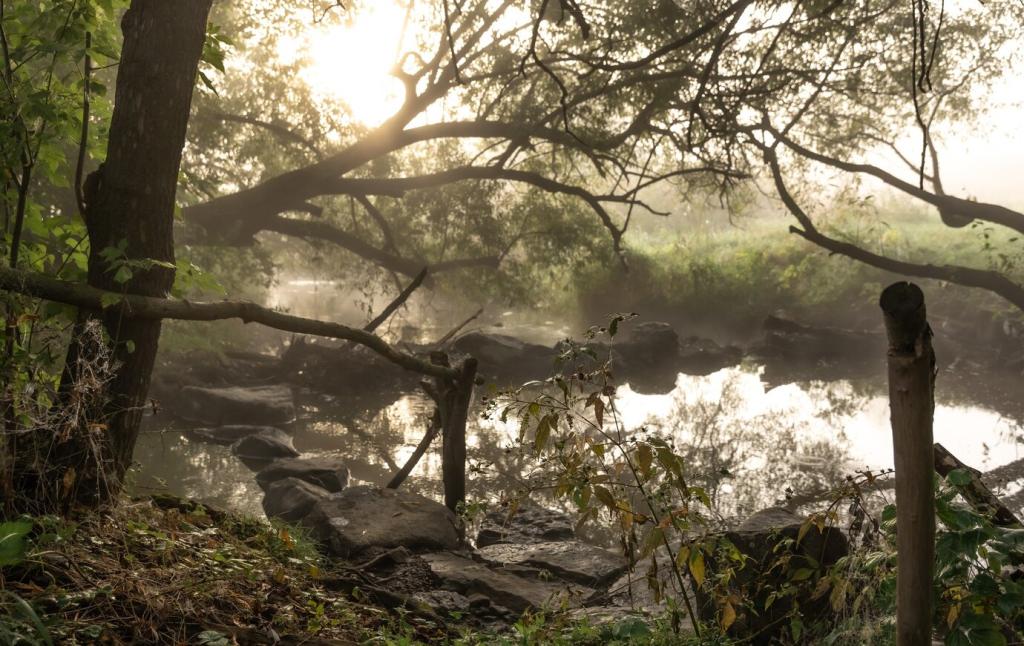
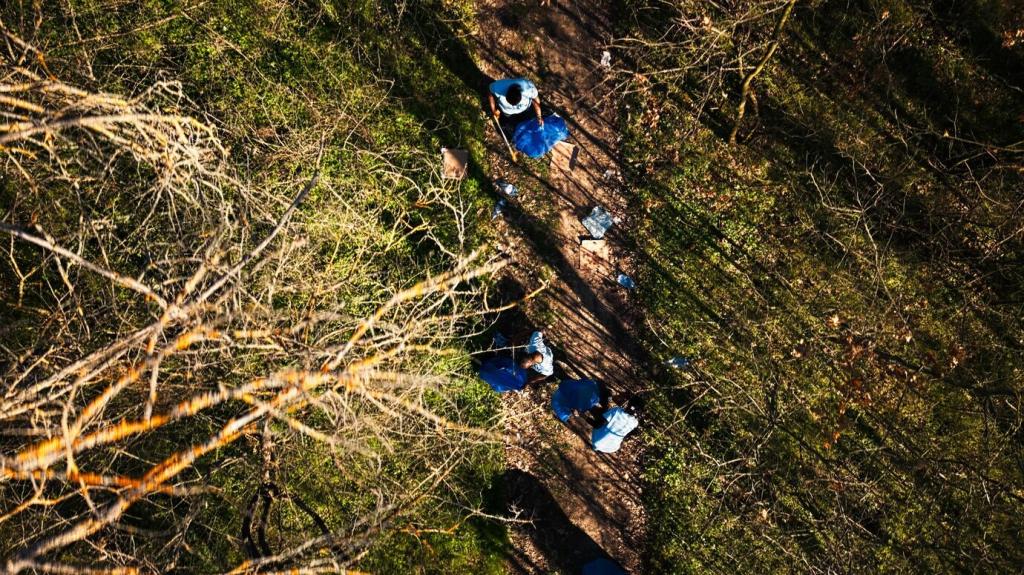
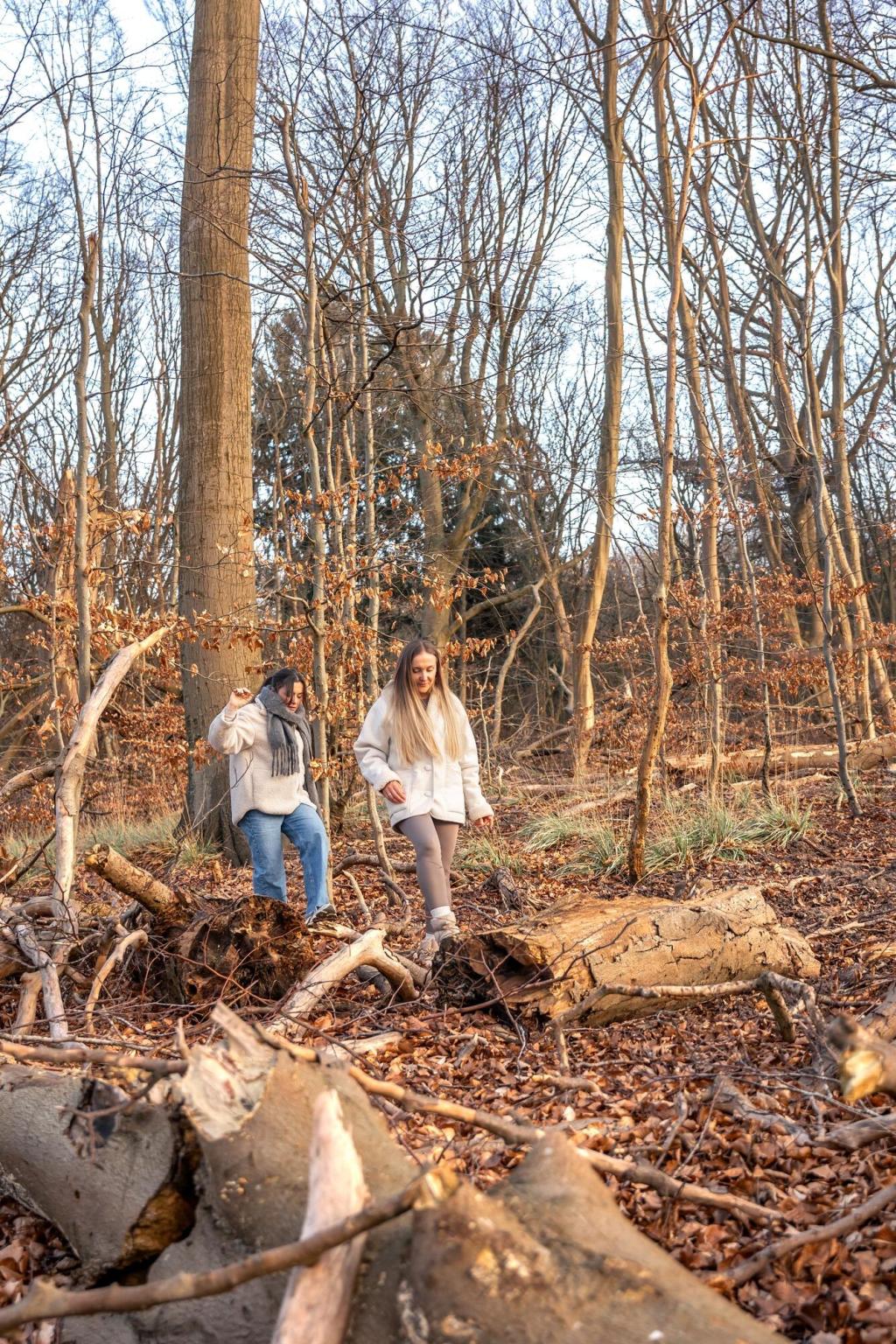
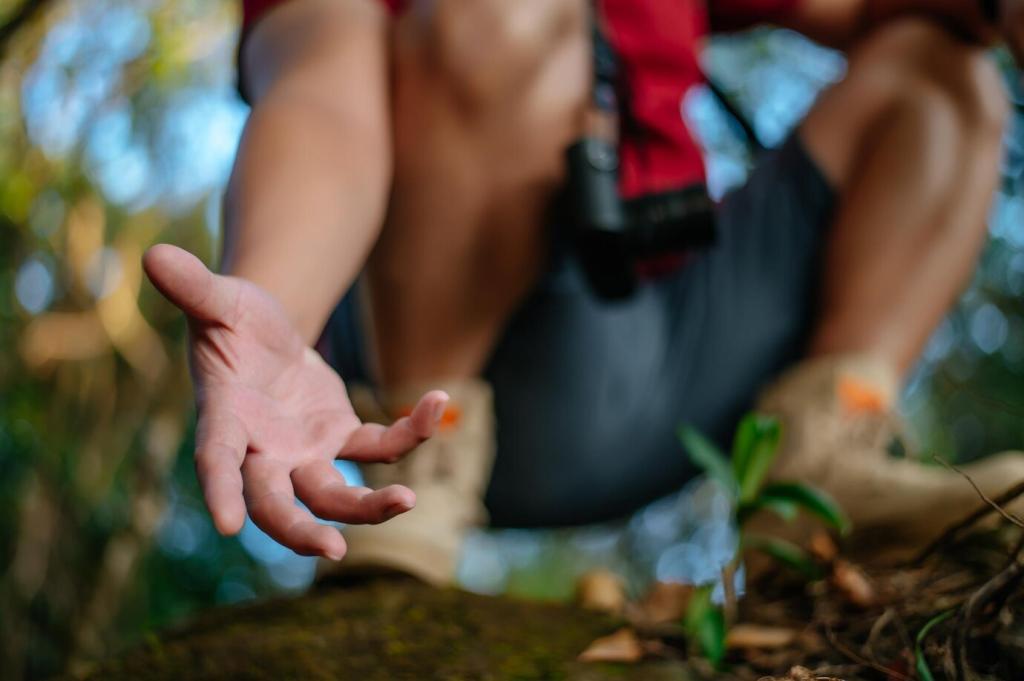
Community Power: From Idea to Living Canopy
Music, shared snacks, clear roles, and kid-friendly tasks transform planting into celebration. A grandmother in our pilot site recalls children naming trees like new friends. Share your favorite community traditions so we can weave them into your planting day.
Community Power: From Idea to Living Canopy
Teachers integrate microforests into science, art, and storytelling. Students measure growth, sketch leaf shapes, and interview elders about vanished birds. Invite a classroom to adopt a plot, and subscribe for free lesson plans linked to your local curriculum standards.
Smart Design: Where and How to Plant
Choosing Sites with Impact
Target heat islands, flood-prone corners, schoolyards, transit stops, and parking-lot fringes. Small gaps add up to a connected habitat network. Post your top three candidate locations and why they matter to neighbors who spend time there daily.
Edges, Paths, and Invitations
Curved edges, permeable paths, and low signage welcome people without trampling roots. Peek-through views maintain safety while sparking curiosity. Share accessibility needs—strollers, wheelchairs, benches—and we’ll co-design comfortable routes and resting spots that honor all ages.
Plant Choices for Beauty and Function
Combine fast growers for quick shade with long-lived keystone species that anchor the canopy. Add seasonal color to cue care cycles. Comment with preferred aesthetics—flowers, berries, fall color—and we’ll tailor a palette that still supports local wildlife.
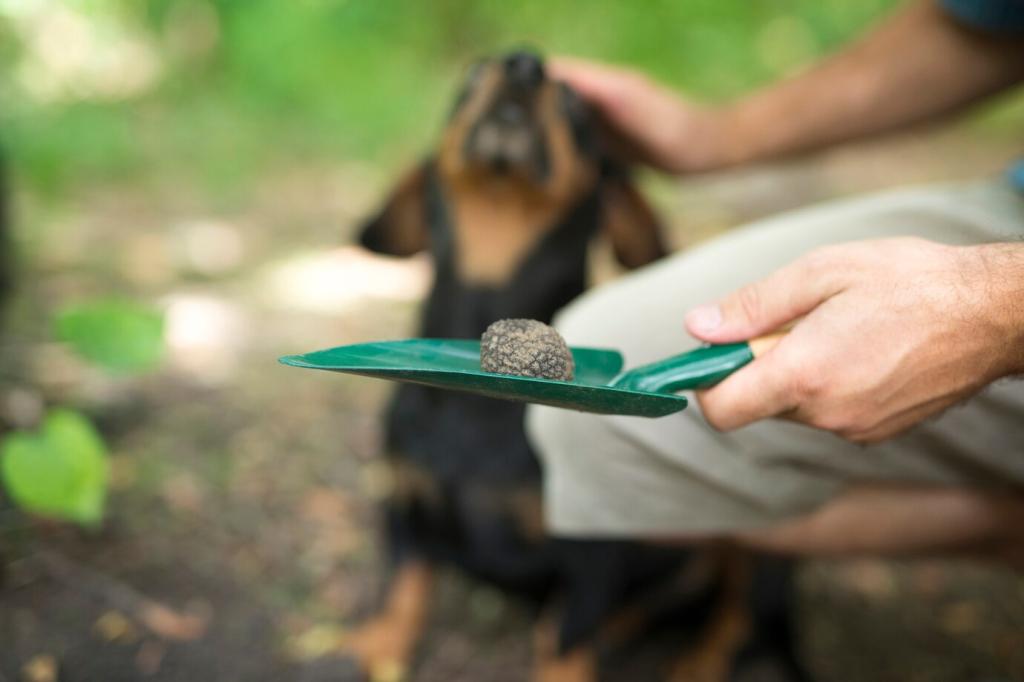
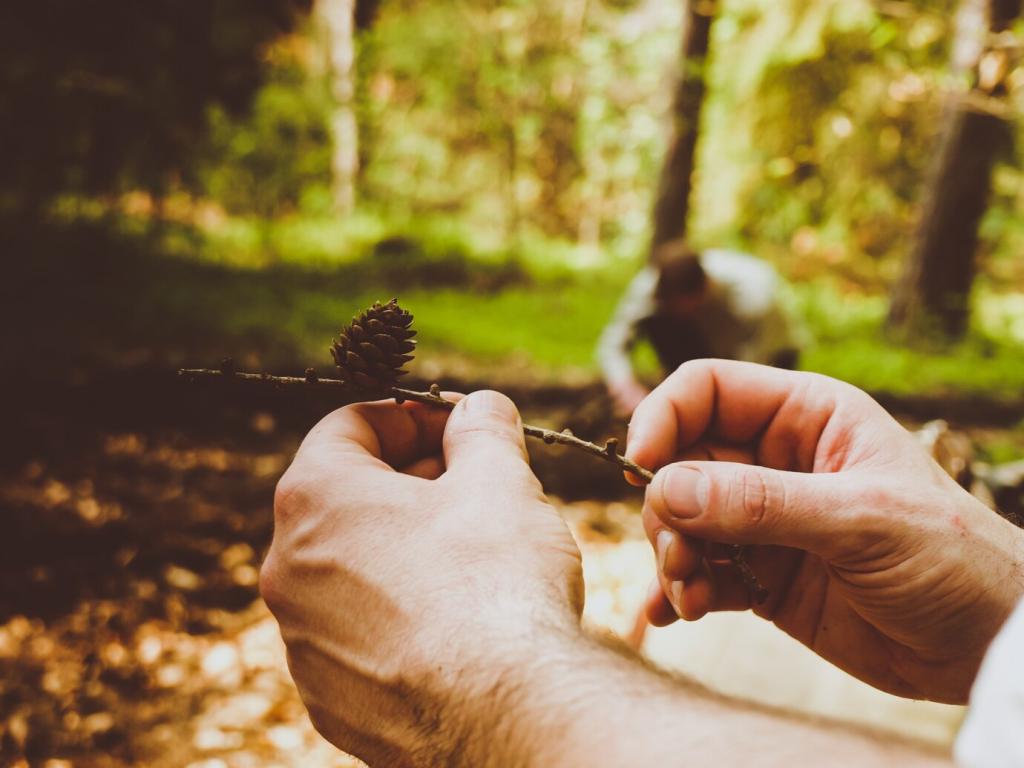
Measuring Impact Without Fancy Gear
Track canopy cover with photos, count pollinators for ten minutes, and note bird calls at sunrise. Consistency beats complexity. Post your first-month baseline so we can compare growth, season by season, using the same friendly methods everywhere.
Measuring Impact Without Fancy Gear
Inexpensive loggers record temperature and humidity, revealing cool pockets forming over time. Pair sensor data with human observations—shade comfort, quieter streets, happier gatherings. Comment if you can host a sensor, and we’ll guide setup and data sharing.
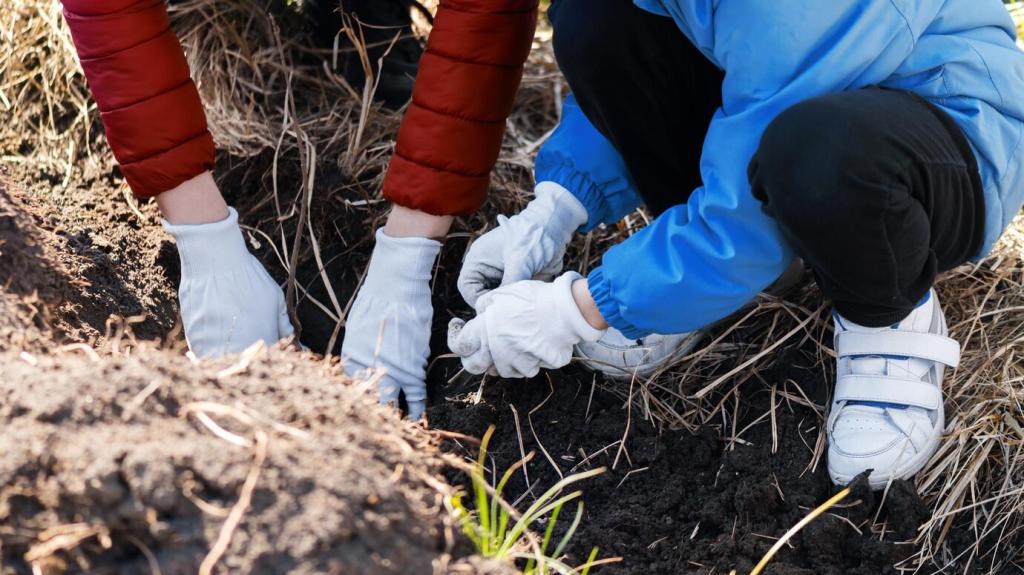
Navigating Permissions and Liability
Map land ownership early, clarify responsibilities, and secure simple agreements that protect volunteers. One group’s success hinged on a one-page memorandum. Share your jurisdiction’s hurdles and we’ll crowdsource templates tuned to local rules and norms.
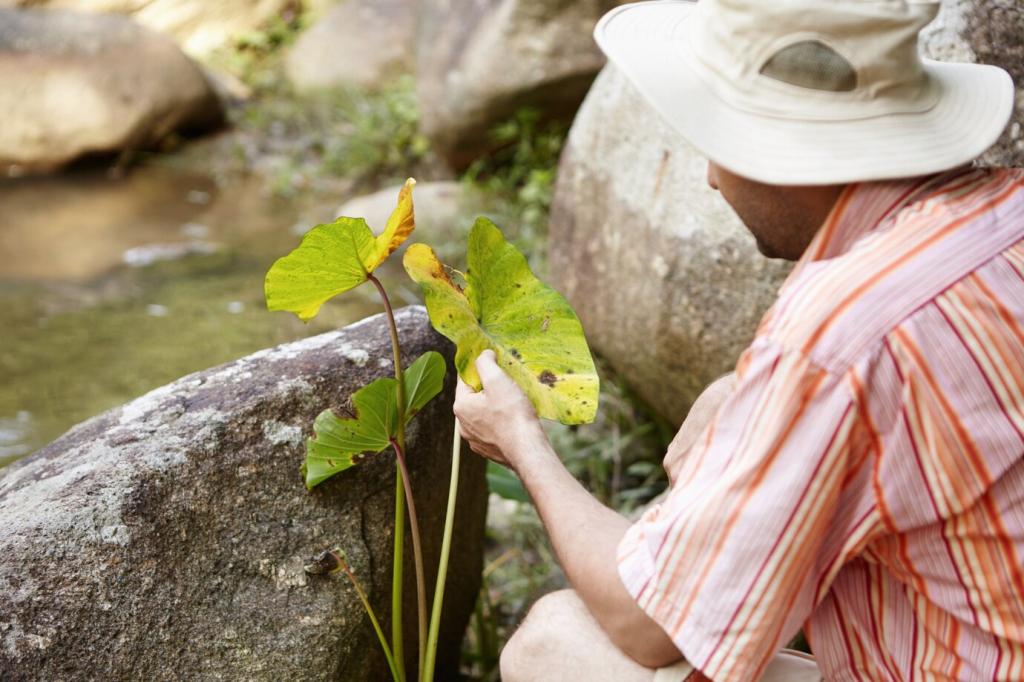
Allies: From Transit Agencies to Health Clinics
Transit authorities seek shade for riders; clinics value air-quality gains; businesses love cooler storefronts. These partners can provide land, funding, or volunteers. Comment with potential partners you know, and we’ll help craft win-win proposals rooted in microforest benefits.
